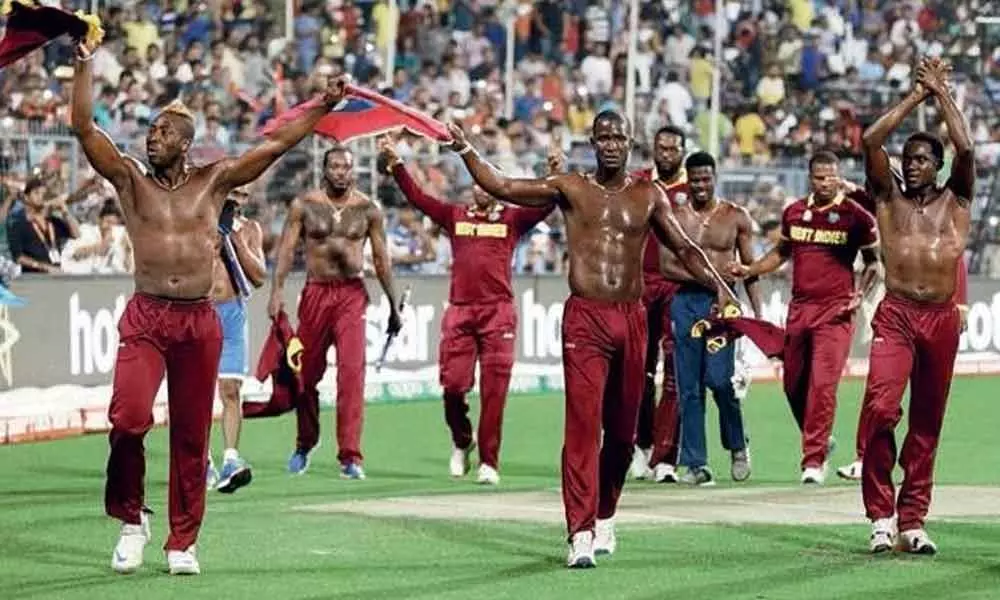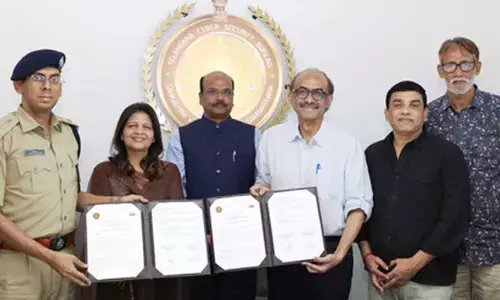Calypso, reggae is all that's left in WI cricket

The two most popular sports teams in the world were Brazil in football and the West Indies in cricket.
The two most popular sports teams in the world were Brazil in football and the West Indies in cricket. The flair, subtleness, skill and natural talent of their players was what made them special. The artistry and attitude of playing positive even in the most dire state got them the adulation and respect in a win as well as in defeat.
The West Indian cricket team was always one that cricketers and lovers of the game around the world followed. The West Indian side of 1960-61 led by Sir Frank Worrell, after a tie in the very first Test, lost the series to Australia narrowly but the cricket that they played had fans honouring them which has never ever been seen before or after. The team was paraded in an open top bus through the streets of Melbourne with crowds of people bidding them farewell.
Cricket was kept alive by the Calypso kings at a time when the other nations were moving towards professionalism. A defensive approach became then, the mode of success not only in a teams' performance, but also in the way in which a cricketer approached the game. Eliminating risks while batting or keeping to a steady line and length while bowling was the way cricket was being popularised.
Cricket gradually became boring and monotonous, whereas, the West Indians still played it in their fun loving, carefree bohemian manner with music and laughter to follow. Cricket for the Caribbeans was a sport played to enjoy and hence their cricketers were there to give enjoyment to the people who came to watch it.
In the 70's, the West Indian side became a professional and well-structured unit under the captaincy of Clive Lloyd, who made the skillful geniuses play as one under the West Indian colors. The team went on to become one of the best teams ever to play the game and for a decade remained the champion side of the world.
Cricket lovers around the globe came in droves to watch them unleash their skills and cricket in the Caribbean was at its peak as a sport. The success of West Indies cricket changed the way cricket was being played then. Daring stroke play, lethal fast bowling and a positive approach to win came into play. Limited-overs cricket accentuated the West Indian approach even further, as power hitting and aggressive stroke play became important. The West Indians, therefore, ruled the cricket turf like never before.
Unfortunately, in the last few decades West Indies cricket is on a downward slope. Cricket, needs the Caribbean flavour to garnish the sport. Some of the West Indian professionals playing the T20 leagues around the world are the most popular players in the franchise-owned teams.
One was, therefore, thrilled and excited when the West Indian side won the first Test match against England in Southampton. They looked a young outfit that played positively and also showed that they had the resilience to fight back when cornered. They performed splendidly and after being 1-0 in a three-match series, one felt confident enough that the West Indian side were back to conquer the world.
The great Brian Lara was very vociferous in his statement before the series that the present West Indian side's batting is not good enough for a five-day match. The initial victory made one feel that Lara was wrong. However, the subsequent Test matches proved him to be completely right.
Playing a Test series is a very serious matter. Players need to have the stamina and toughness, both physically and mentally to take on the load. The West Indian players had just the right infusion, after their initial win. Rather than carrying on with their positive mindset after their win, they looked to be a side who were complacent with what they had already achieved. They made a common error that teams have made in the past and that is going for a safe approach.
Jason Holder won the toss in both the subsequent matches and rather than batting first put England in to bat. The West Indian star bowler and man of the match of the first Test match, Shannon Gabriel, looked tired and jaded in the second Test match on a wicket where he should have had England in all sorts of trouble. He started off with bowling wides, lacking any rhythm and bowled without putting in any effort.
The other pace bowlers too were not effective and once Dominic Sibley dug himself in and Ben Stokes took control, rain was the only saving factor in their agenda. This did happen with the third day's play being washed away, but the mentally battered West Indian side was not good enough to salvage a draw.
A similar performance is what took place in the deciding Test match and the hopes of the revival of calypso cricket diminished radically. One failed to understand that even after a month of serious practice, with no outside distractions due to the restrictions imposed, the West Indian players looked an unfit bowling, batting and fielding side.
England, on the other hand, with their new found battery of fast and good swing bowlers, continued to be a very difficult side to beat at home. They have the best all-rounder in present day cricket in Stokes, but one still feels their batting is a weak link when exploited under pressure.
However, the beauty of Test cricket is that a team needs to take 20 wickets to win and therefore, bowling does play a major part if a side has to be consistently victorious. England has shown that they have not only a good front line attack but also an equally good back-up in reserve if needed.
The England versus West Indies series was a super start to Test match cricket after the COVID-19 hiatus. However, Calypso and reggae that popularise the Caribbean life style is still flourishing, whereas, their cricket is dancing somewhere way up in the sky.
(Yajurvindra Singh is a former Test cricketer. Views expressed are personal)














